Aircraft water rescue training at Copenhagen Airport
- Like
- Digg
- Del
- Tumblr
- VKontakte
- Buffer
- Love This
- Odnoklassniki
- Meneame
- Blogger
- Amazon
- Yahoo Mail
- Gmail
- AOL
- Newsvine
- HackerNews
- Evernote
- MySpace
- Mail.ru
- Viadeo
- Line
- Comments
- Yummly
- SMS
- Viber
- Telegram
- Subscribe
- Skype
- Facebook Messenger
- Kakao
- LiveJournal
- Yammer
- Edgar
- Fintel
- Mix
- Instapaper
- Copy Link
Posted: 18 April 2019 | Kim Olsen | No comments yet
Training aircraft firefighters for any eventuality is integral to the safety of passengers and crew on the aircraft, and although serious incidents are rare, these skills can be transferred to water rescues; increasing the chances of survival. Kim Olsen, Copenhagen Airport, tells us more.
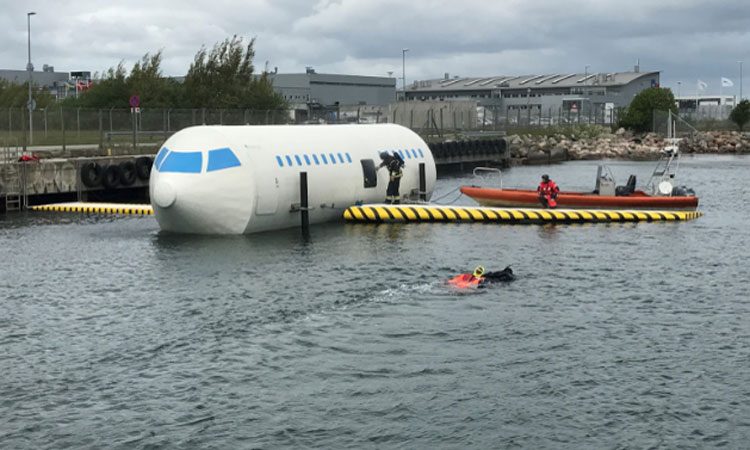

As we all know, ARFF is a highly specialised discipline of the fire service. An aircraft accident presents itself with lots of unique hazards which threaten the aircraft occupants, the community, the environment and the emergency responders. ARFF crews must respond quickly and with precision to minimise loss of life, injuries and dangers. We know that we have limitations on the resources in the first response and that the success and preformats of the first attack are essential for a successful outcome. Water rescue events are no exception.
Fortunately, serious water accidents are rare, but there will always be a need to perform better in the future if possible. Training flight crews and airport firefighters for these events is extremely important and the right training is essential.
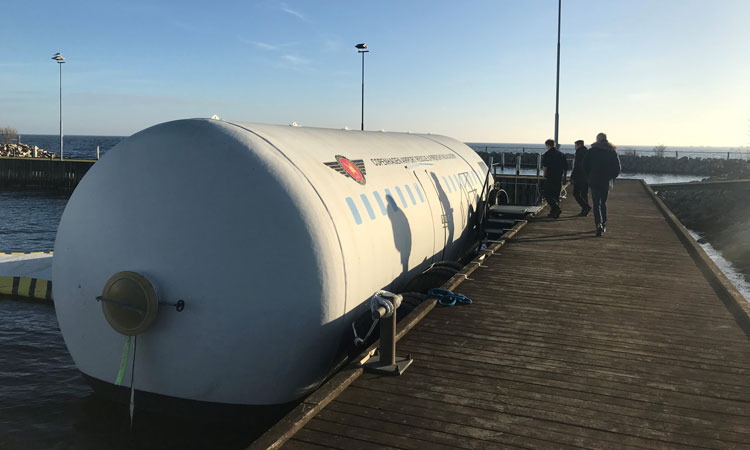

Sharing knowledge is one of the cornerstones of the Copenhagen Airport Rescue and Firefighting Academy. This is important when it comes to developing better training programmes. Being involved in organisations like the Airport Rescue Fire Fighting Working Group and the International Aviation Fire Protection Association makes it possible to share this knowledge and to learn from others within this sector of the aviation and firefighting business.
In 2013 the International Airport Water Rescue Working Group (IAWRWG) was founded with the purpose of sharing knowledge and to work out recommendations for the ICAO RF working group. This working group is chaired by Cletus Packiam, Chief of Airport Emergency Service (AES) at Changi Airport Group in Singapore. This working group is very dynamic and includes representatives from Changi Airport, Airservices Australia, Auckland Airport, Boston Logan Airport, Phuket Airport and Copenhagen Airport.
Inspired by work done within the IAWRWG, Copenhagen Airport Rescue and Firefighting Academy (CARFA) began to look at how airports and airlines trained for emergencies involving aircraft accidents in water. This started a new way of looking at what our tasks are. For the past three years, CARFA has been working on and creating improved and more realistic training based on information gathered from case studies from the U.S. Airways A-320 emergency landing on the Hudson River and the Lion Air Boeing 737 accident in Bali. These accidents have made us focus more on the rescue rather than the search aspect of our training. It is from lessons learned that CARFA is committed to developing new and better training for flight crews and airport firefighters.
At the third annual International Airport Water Rescue Working Group meeting at a joint ARFFWG and IAFPA conference held in May 2017 at the Copenhagen Airport, our new Aircraft Water Rescue Simulator was presented. A practical exercise that included ideas to improve actual training content and training methods were presented at this event.
One of the participants, an In-Flight Training Instructor for Frontier Airlines, Kitsy G. Sorensen, commented: “I want to take a moment to tell you what an impact the Future Aviation Safety Conference, especially the water mock-up, had on me. As a flight attendant and an in-flight instructor, nothing could have prepared me for the feeling that I experienced standing alone on the wing of your water mock-up, nor the sound of the water sloshing under the floor of the cabin trainer. Those two moments will never be lost in my instruction to flight attendants. I wish I could put into words what a riveting moment both were. It’s so easy on paper or in the media to talk about events like the U.S. Airways water landing on the Hudson River. It’s another thing to “experience” a moment in time that makes you realise how it might have felt.
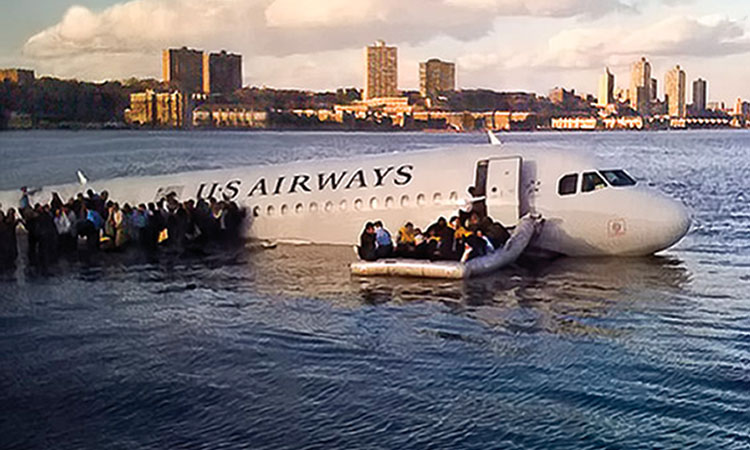

Hudson River incident 2009
“I cannot thank you enough for bringing such a huge project together and sharing it with the world. I am so grateful that I was privileged to be one of the people with whom you shared it. Thank you for all the times that the project looked like a dream, all the problems that had to be solved to bring it to fruition. It is this vision that will give men and women an opportunity to practice this rescue and behalf of one of them, please receive my gratitude. It was a great conference with many benefits to be assimilated in our in-flight training. Thank you so very much!”
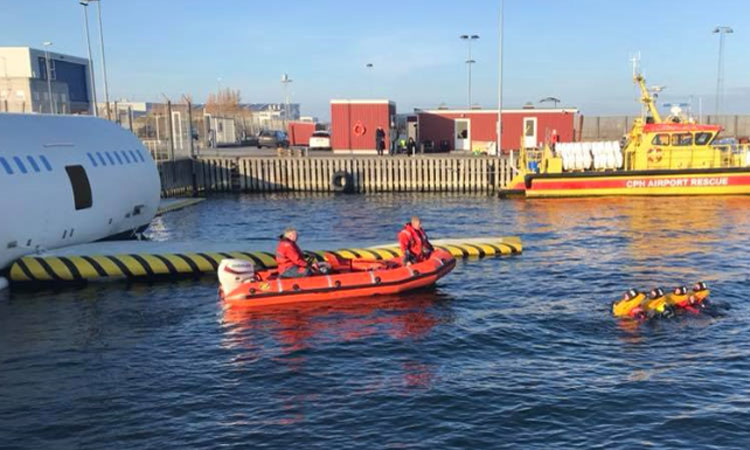

Today we have completed the work on a Basic Airport Firefighters Water Rescue Course. Everything tested, all safety issues and all approvals are taken care of in house and the first course is scheduled for April 2019. A series of test courses (water rescue drills) with Scandinavian Airliners have been completed and we agreed to complete a number of these drills for their Airbus 319, 320 and 321, which started in January 2019 (cold weather conditions).
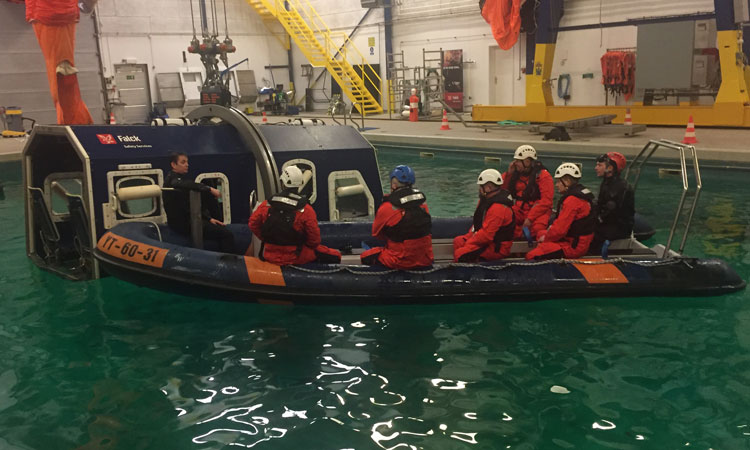

Biography
Kim Olsen has worked within aviation for more than 42 years. He is a member of both IAFPA and the ARFFWG and has served seven years on the Board of Directors in the ARFFWG. Today, Olsen is holding a position as a Manager for section 11 in the ARFFWG and functions as a Liaison Officer between the two organisations.
Related topics
Accidents and incidents, Recruitment and training, Regulation and Legislation, Safety
Related airports
Auckland Airport (AKL), Boston Logan Airport (BOS), Copenhagen Airport (CPH), Phuket International Airport (HKT), Singapore Changi Airport (SIN)
Related airlines
Related organisations
Airservices Australia, International Civil Aviation Organization (ICAO)

















